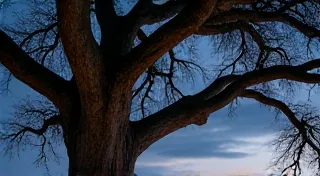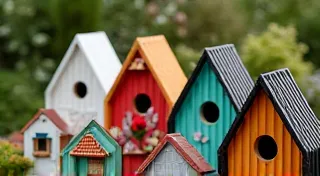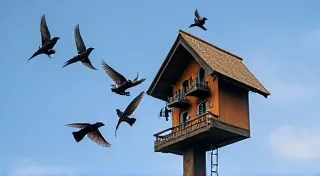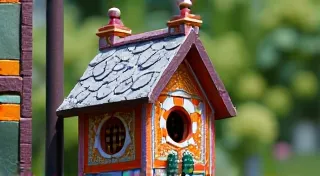Bird House Finishing Techniques: Natural and Safe Options
Building a bird house is a rewarding woodworking project, offering shelter and joy to local wildlife. However, the finishing touches are crucial – not just for aesthetics, but for the safety of the birds who will call it home. Many conventional finishes contain chemicals that can be harmful to nesting birds and their chicks. This article explores natural and safe finishing options for your DIY birdhouses, ensuring a healthy and inviting habitat.
Why Avoid Toxic Finishes?
Traditional paints, stains, and sealants often contain volatile organic compounds (VOCs), heavy metals, and other chemicals. Birds preen their feathers, ingesting anything on them. These toxins can lead to poisoning, developmental problems in chicks, and long-term health issues. Even seemingly "low-VOC" products can still pose a risk. The goal is to create a sanctuary, not a hazard. Beyond the immediate dangers of chemical ingestion, some finishes can also impact the birdhouse's ability to breathe, a critical factor – and something we’re going to explore in more detail later, looking at the importance of ventilation.
Safe and Natural Finishing Options
Fortunately, there are plenty of excellent, bird-safe alternatives. Here's a breakdown of options, from easiest to more involved:
1. No Finish (The Best Option!)
Believe it or not, the absolute safest option is often no finish at all! Untreated wood, especially naturally weather-resistant varieties like cedar, redwood, or cypress, will develop a beautiful silver-grey patina over time. This natural weathering process actually strengthens the wood and provides a rustic charm. Ensure the wood is thoroughly dried and free of splinters before installation. Consider the aesthetic too – many find the rustic, natural look incredibly appealing. For those interested in more decorative approaches, you might also explore building a decorative bird house and keeping the natural wood exposed for a truly organic look.
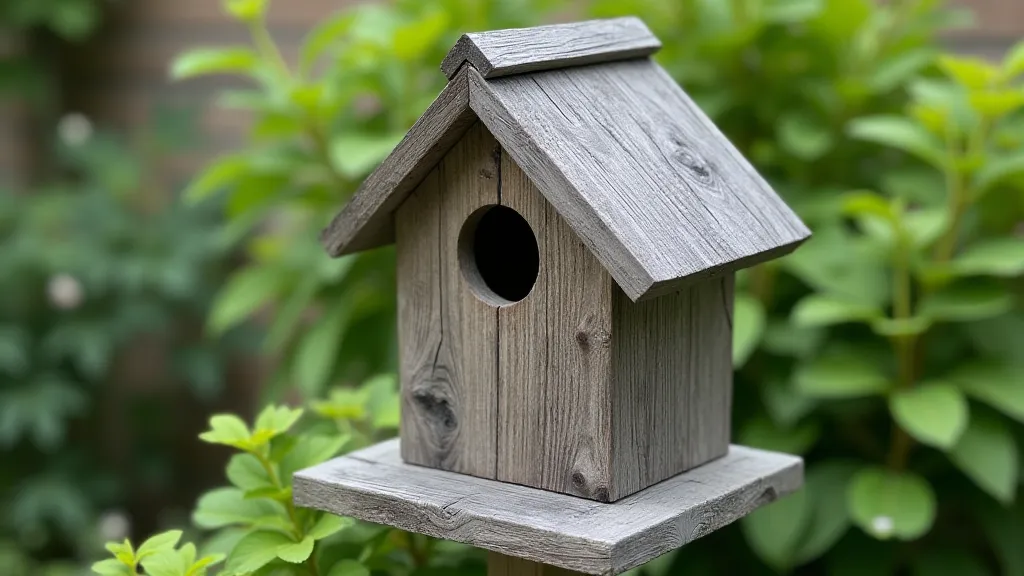
2. Linseed Oil (Boiled)
Boiled linseed oil (BLO) provides a protective layer and enhances the wood’ – but remember, this is a surface application. It’s important to avoid applying any finishes to the interior of the birdhouse, as this can trap moisture and create an unhealthy environment. Proper ventilation and drainage are crucial for preventing mold and ensuring the chicks have a healthy nesting space. To ensure the oiling process is safe, only use 100% pure boiled linseed oil – avoid any products containing driers or additives. Apply thin coats, allowing each to dry completely (usually 24-48 hours) before applying the next. Multiple thin coats are better than one thick coat.
3. Beeswax Polish
Beeswax polish is another excellent choice. It’ is truly remarkable that something as simple as beeswax, a natural product, can contribute so much to a birdhouse’s longevity and safety. It’s completely natural, non-toxic, and provides a water-resistant finish. You can find pre-made beeswax polishes or create your own by melting beeswax and adding a small amount of mineral oil (ensure it’s food grade). Apply in thin coats using a cloth, buffing to a beautiful sheen.
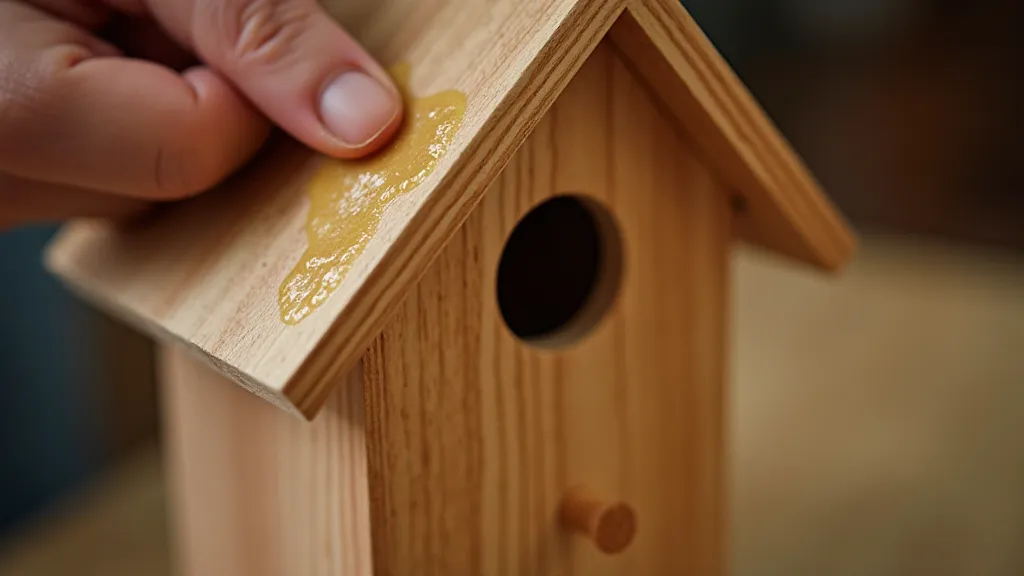
4. Milk Paint
Milk paint is an ancient, natural paint made from milk protein, lime, pigment, and water. It’s non-toxic, biodegradable, and creates a wonderfully matte, slightly textured finish. It adheres best to rougher wood surfaces, so lightly sanding your birdhouse beforehand is recommended. Milk paint often requires multiple coats for full coverage. Consider the overall design – sometimes a more rustic finish complements the natural environment better than a glossy, artificial-looking paint.
5. Water-Based Acrylic Paint (Carefully Selected)
While most acrylic paints contain VOCs, some manufacturers offer "bird-friendly" or "eco-friendly" options that have significantly reduced levels. Thoroughly research the specific paint’s ingredients and ensure it’s explicitly labeled as safe for wildlife. Even then, use sparingly and allow ample drying time before installation. It’s best to test on a small area first. For some bird species, a more natural-looking birdhouse is preferable – it blends in better with the surroundings and minimizes the risk of attracting predators. A keen eye for design might inspire you to look at plans for a simple, functional birdhouse, such as one ideal for an Eastern Phoebe bird house.
Preparation and Application Tips
- Sand Smoothly: Remove any splinters or rough edges before applying any finish. This is crucial for protecting both the birds and anyone handling the birdhouse.
- Thin Coats: Apply finishes in thin, even coats to avoid cracking and peeling. This promotes better adhesion and reduces the risk of chemical leaching.
- Drying Time: Allow each coat to dry completely according to the product instructions. Extended drying time is always safer for the birds.
- Ventilation: Ensure good ventilation while applying any finish, even natural ones. This minimizes exposure to any potential fumes.
- Avoid Interior Finishing: Don't apply any finishes to the interior of the birdhouse. The inner environment needs to breathe.
- Consider the Habitat: Think about the surrounding environment when selecting a finish. A birdhouse in a sunny location will need a more durable finish than one in a shaded area.
- Research Bird Preferences: Different bird species have different preferences. Some may prefer a brighter color, while others may prefer a more natural look.
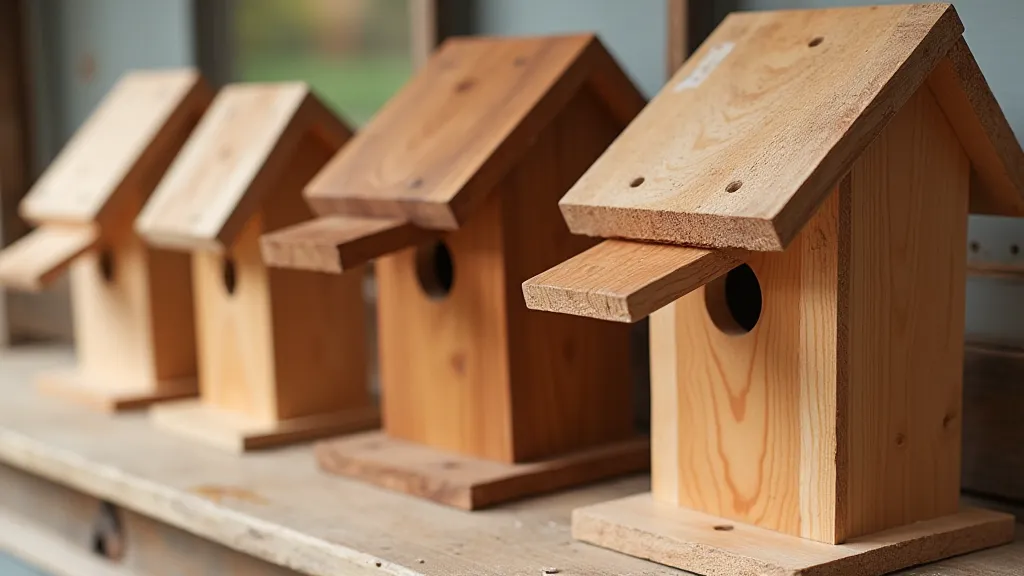
Beyond the Finish: Supporting Wildlife
Creating a safe and welcoming bird house goes beyond just selecting the right finish. Providing a comfortable and secure habitat contributes significantly to local wildlife’s health. It’s important to consider the overall impact on the ecosystem. Remember that predators can be attracted to brightly colored or overly ornate birdhouses, so a more natural appearance is generally safer. Supporting local wildlife doesn’t stop at birdhouses. Consider creating a wildlife-friendly garden with native plants and a source of fresh water.
Conclusion
Creating a safe and welcoming bird house is about more than just aesthetics. By choosing natural and non-toxic finishing options, you’re contributing to the well-being of local birds and creating a truly harmonious addition to your garden. Remember to prioritize bird safety above all else! It’s also rewarding to build a haven for animals, perhaps even expanding your efforts to consider building a bat house to support another beneficial wildlife species.
